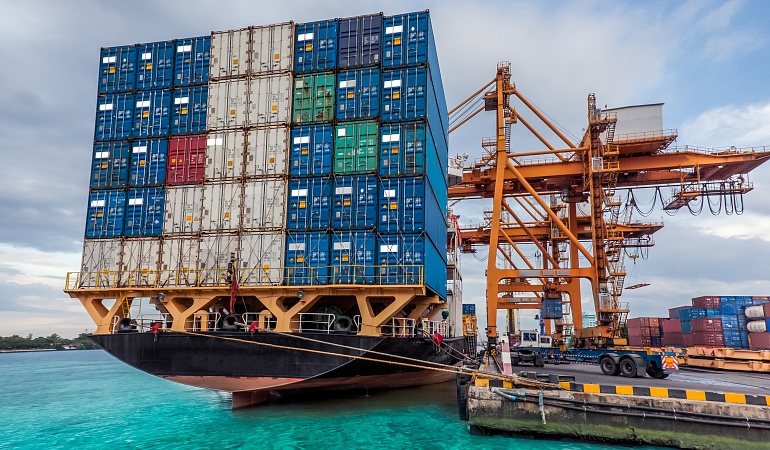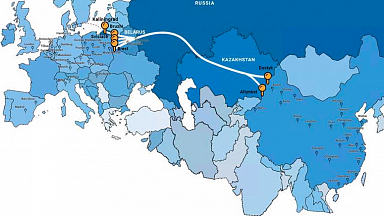Global container port capacity is likely to grow too slowly to meet increased volume demand, putting further pressure on supply chains, analysts at Drewry say.
In its latest annual review and forecast for the sector, Drewry said capacity was set to increase by 2.5% a year to reach 1.3bn teu in 2025.
Container volumes, meanwhile, were likely to expand by 5% over the same period.
This would see average utilisation at ports rise from its current 67% to more than 75%.
«While 75% utilisation at a port or terminal level is not sufficiently high to be of major concern, at a global level this expectation of tightening port capacity in a market plagued by congestion due to supply chain imbalances is a cause for concern,» Drewry said.
Despite a fall in volumes during the pandemic, terminal operators had demonstrated a resilience to external shocks. And while capital expenditure had been reined in to reduce costs, this was now improving again.
«The strength of the recovery in demand, aided by high levels of liquidity in the financial market, have enabled operators to bring forward their investment plans, resulting in a stronger capacity outlook post-pandemic,» said Drewry senior analyst Eleanor Hadland.
Additional capacity would be likely to come from upgrading existing terminals rather than developing new ones and would be assisted by increased digitalisation to increase the speed of throughput.
Platforms such as TradeLens and GSBN would also help streamline processes.
«Improving cargo flow is key,» said Ms Hadland.
«If via the rollout of blockchain-based technology terminal can achieve higher volumes over the same asset base, this will drive improved returns on investment.»
Terminal congestion has been one of the significant factors behind the breakdown in the smooth running of the containerised supply chain since volumes began to recover last year.
The situation remains challenging. The number of ships waiting for a berth outside Long Beach and Los Angeles, for example, has risen back to 30, the highest it has been since March 6 and just 10 vessels short of the record 40 at the end of February.
«Surging container shipping cargo demand in the wake of the pandemic has resulted in a significant improvement in the global terminal capacity outlook, but this may not be sufficient to support forecast traffic levels,» Drewry added.


